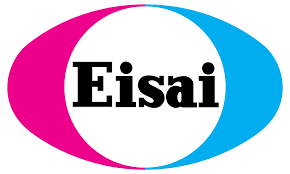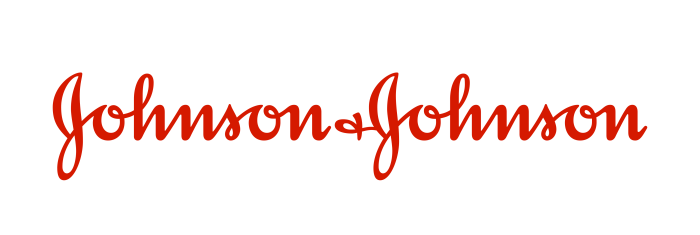
WIPO Re:Search
Connecting Industry Assets and Researchers to Drive Neglected Disease R&D
After ten years, WIPO Re:Search came to a close at the end of 2022. See below for documentation of the program.
WIPO Re:Search was an international public-private consortium co-led by BVGH and the World Intellectual Property Organization (WIPO). Through the Consortium, BVGH catalyzed cross-sector, intellectual property-sharing R&D collaborations and capacity building fellowships to drive innovation for neglected tropical diseases, malaria, and tuberculosis.




WIPO Re:Search is an innovative platform that helps companies share their IP assets—including those developed to treat non-communicable diseases—to stimulate NTD product discovery. By connecting industry’s assets with disease experts, WIPO Re:Search can accelerate the development of much needed drugs, vaccines, and diagnostics. We are very satisfied with BVGH’s partnership coordination services, which help ensure that our IP assets are being put to best use for neglected disease R&D.
Ms. Nobue Yokoi | Takeda Pharmaceutical Co., Ltd., Japan
Types of Intellectual Property Shared





Featured Collaborations

Developing New Drugs to Tackle Antimalarial Resistance
Drug resistance threatens progress in the battle against malaria. To enable discovery of new antimalarials, Merck & Co., Inc., Kenilworth, NJ, USA (known as MSD outside of the US and Canada) shared aspartyl protease inhibitors with researchers from the Walter and Eliza Hall Institute of Medical Research (WEHI), Australia. With Wellcome Trust Pathfinder Award support, Merck & Co. and the WEHI researchers are developing compounds targeting plasmepsin V, a key parasite enzyme.

Improving Onchocerca Detection
The World Health Organization estimates that over 25 million people suffer from onchocerciasis globally. Available diagnostics are unable to detect impalpable adult worms that reside deep beneath the skin, resulting in the standardization of long-term, preventative drug treatments that can endure for over 20 years corresponding to the worm lifespan. Dr. Stephen Ghogomu at the University of Buea has identified two secretary proteins as potential biomarkers for adult-stage onchocerciasis. He has shared the amplified PCR products with Dr. Horacio Bach at the University of British Columbia, who will express and share the recombinant antigens with Dr. Ghogomu to test the antibody response via ELISA with the goal of developing an on-site antibody-based device to detect adult stage O. volvulus.
Impact to Date
155+
R&D Collaborations since 2011
50+
Agreements
170+
Members from over 40 countries
WIPO Re:Search Sponsor Members







* The business sectors of Merck KGaA, Darmstadt, Germany operate as EMD Serono in healthcare, MilliporeSigma in life science, and EMD Electronics in the US and Canada.
** MSD is a trademark of Merck & Co., Inc., Kenilworth, NJ, USA.
